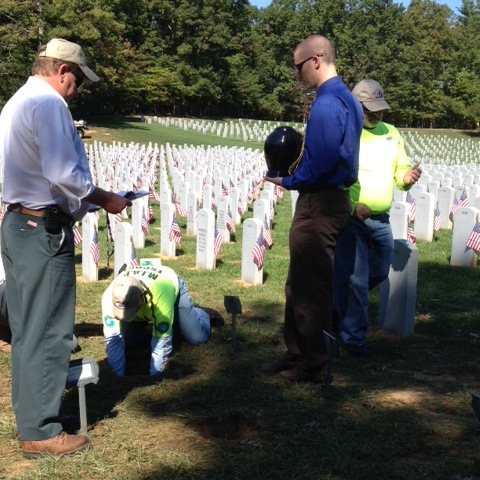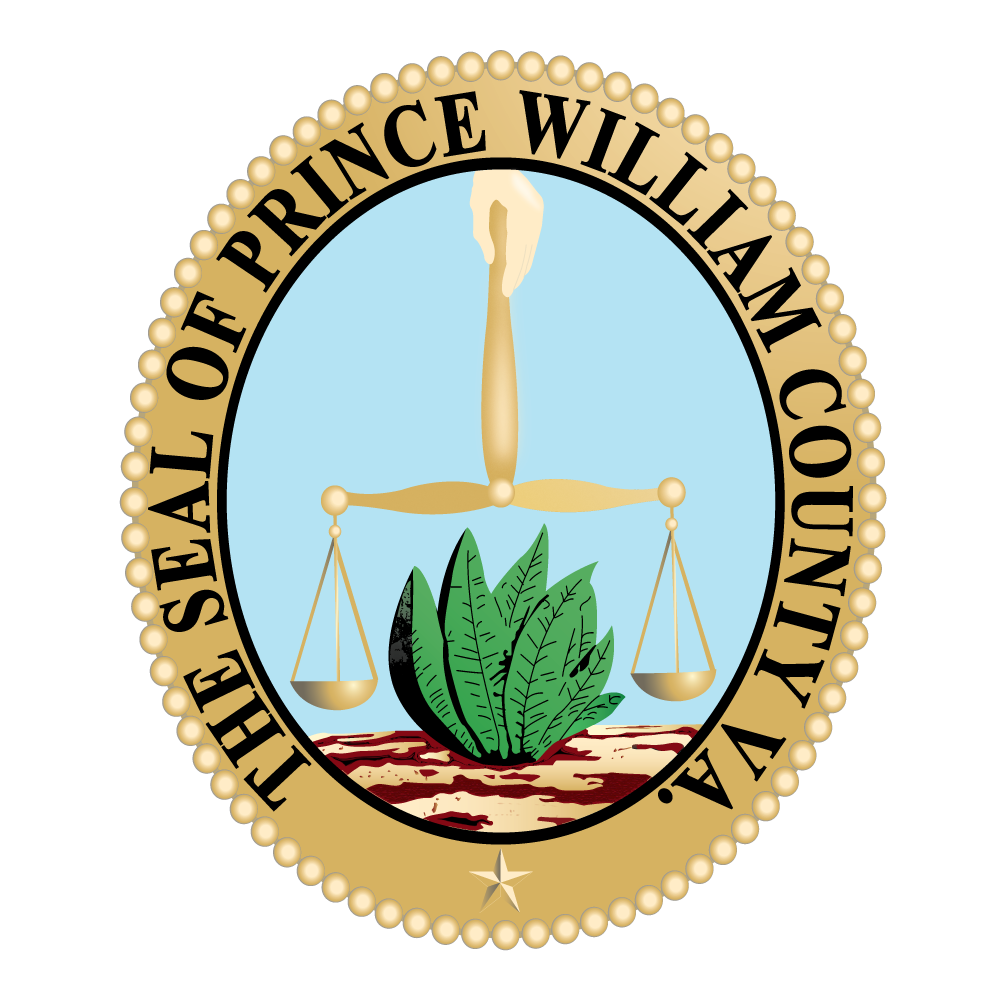
Six years ago, I was introduced to the Missing in America Project (MIAP), a non-profit organization, whose mission is to solve a little-known predicament for American veterans: "to locate, identify and inter the unclaimed cremains of American veterans". The Missing in America Project (MIAP) all-volunteer force visits hospitals, law enforcement offices, and other locations to find the unclaimed cremains of forgotten veterans. Once identified, veterans are given a full military burial with honors.
There are numerous reasons why a veteran's remains might go unclaimed ranging from family discord, financial burdens, or no next of kin. All of the veteran cremains identified in Virginia by MIAP are interred at Quantico National Cemetery, just down the road from Marine Corps Base Quantico and the National Museum of the Marine Corps. Participating in an interment ceremony or a group flag placing is an incredibly moving experience.
Several years ago, MIAP invited me to a funeral ceremony and asked if I would like to place one of the veterans in their gravesite. Corporal Herbert Franklin Taylor, USMC, was the gentleman I placed in his final resting place at Quantico National Cemetery on that incredible day. A day I will likely never forget. Corporal Taylor is now “my” veteran. I place a flag at his gravesite each time I visit the cemetery. I am inspired by MIAP's mission each time they share stories of those veterans that have been found and those interred at Quantico National Cemetery. Many visitors are shocked to hear their stories and those of the families left behind.

(That’s me in the blue shirt at Section 22 of Quantico National Cemetery with Cpl Taylor)
MIAP group experience begins with a guided tour of the cemetery by a knowledgeable staff member. The tour includes information about the cemetery’s history, physical characteristics, and heartfelt stories of how families commemorate loved ones. A popular story shared is of a mother whose son adored Christmas. Every year, the mother places a fully decorated Christmas tree by her son's grave, knowing full well that cemetery staff is required to take it down shortly after it is put up. Thoughtfully, the staff takes a photo and emails it to the mother before removing the tree. On a personal note, I get choked up when the location of where the 9/11 victims are buried is pointed out.
The tour concludes at Section 22 of the cemetery where most of the Missing in America Project veterans are interred. Here, flags are handed out for placement at any gravesite. The MIAP veterans’ graves are typically easy to find. “You Are Not Forgotten” is inscribed on the front of their grave markers. Every single time I visit, someone has a story to tell about their friend, relative, or acquaintance with a connection to a veteran interred in that section. Whether it is a similar first or last name, branch of the military, or date on the marker, the stories people share about veterans are worth every visit.


A little-known secret about the whole experience? Student groups have outnumbered adult group visitors every year for the past three years! And yes, they ask fantastic questions, are incredibly respectful and considerate. This free experience can be added to an itinerary on any day of the week, though weekdays are preferred.
The National Vice President for the MIAP once told me that people have donated $100 bills during the tours, which is certainly appreciated. While extremely generous, the most meaningful tour she ever gave was when one gentleman handed her a small handful of spare change. He cupped her hand and said in an honest and thankful tone, “I wish I could give you more, but this is all I have.”
For a list of complimentary tour experiences to add to your itinerary, contact Mike Stoupa for a list of ideas and availability.








